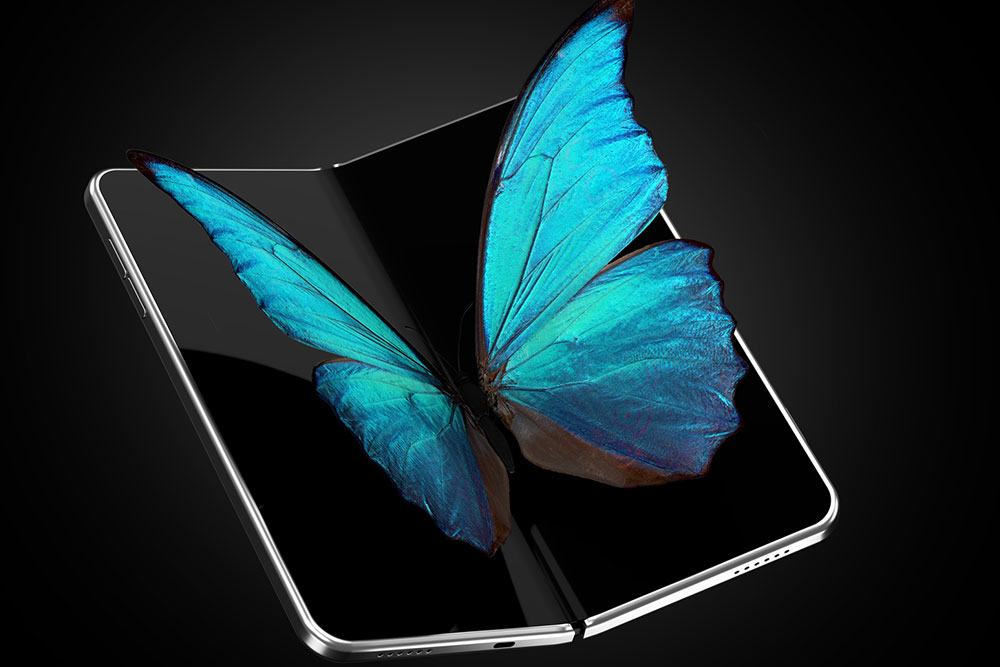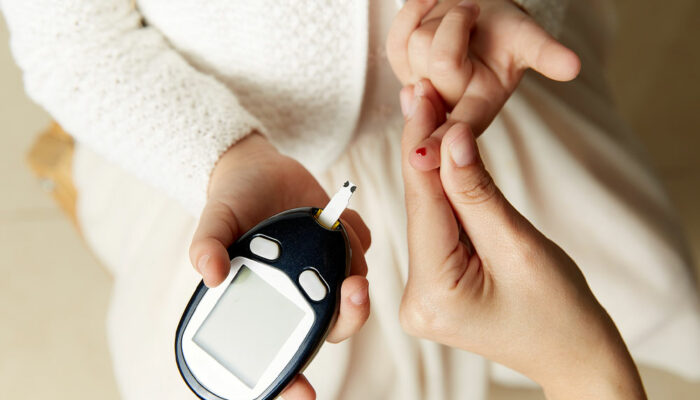Things to Know About the Samsung Galaxy Z Fold Series

Samsung launched its first Z Fold smartphone in 2019. Thereon, the brand added a series of phones with improved battery life, camera specs, and overall performance capabilities. The latest addition to the series is the Galaxy Fold 5. At first glance, there might not be any stark differences between the Fold 5 and its predecessor, Fold 4. However, as per the brand, there’s a processor upgrade and a new hinge that makes the former different from the latter.
Let’s have a look at some of the features of the Galaxy Fold 4 and 5.
Samsung Galaxy Z Fold
1. Design and display features
The Galaxy Z Fold 4 is the epitome of innovative design and cutting-edge technology. As a flexible phone, it takes smartphone design to a whole new level. One of the first things one notices about the Galaxy Z Fold 4 is its minimized bezels, which provide an immersive viewing experience. This phone is also impressively lightweight, making it easy to hold and carry on the go.
Regarding the display, the Galaxy Z Fold 4 boasts a remarkable 7.6-inch flex display. One can visualize sharp and vibrant graphics with a resolution of 1812 x 2176 pixels. The 120Hz refresh rate ensures a smooth and responsive screen, perfect for scrolling through favorite apps or playing graphic-intensive games.
In addition to the main flex display, the Galaxy Z Fold 4 features a convenient sub-display. This 6.2-inch screen with rounded corners provides quick access to notifications, messages, and other essential information.
With 2316 x 904 pixels and a 120Hz refresh rate, the sub-display offers a seamless and enjoyable user experience. The display is protected by durable Glass Victus+, ensuring long-lasting durability and resistance against scratches.
2. Camera features and performance of Samsung Galaxy Z Fold 4
The camera setup of the Samsung Galaxy Z Fold 4 is truly impressive and can help enhance one’s photography skills. With a primary camera that features a 50MP wide-angle lens, a 12MP ultra-wide lens, and a 10MP telephoto lens, one can effortlessly capture high-quality, high-resolution photos. Additionally, this smartphone comes equipped with a 30x digital zoom and an excellent 3X optical zoom, which enables the user to capture the subjects up close and personal. So, for those who are photography enthusiasts or just love capturing all moments in stunning detail, the Samsung Galaxy Z Fold 4 is worth considering.
The Samsung Galaxy Z Fold 4 camera also offers exciting features such as slow motion recording at 240fps in Full HD, allowing one to capture every detail of a fast-moving scene.
Additionally, this phone is equipped with a 4MP under-display camera, providing an uninterrupted viewing experience without a camera notch. Furthermore, the 10MP front-facing camera allows one to take amazing selfies on the go.
3. Hardware performance and capabilities
Powered by the latest Android 12L operating system, this smartphone offers a seamless and smooth user experience. With the support of the Adreno 730 GPU and Qualcomm SM8475 chipset, one can expect excellent graphics performance and efficient multitasking at a single-finger touch. A 3.18GHz octa-core processor guarantees fast processing and responsiveness.
The phone has plenty of room to store apps, files, and media with 12GB of RAM and 256GB of storage. The dual-SIM capability allows one to use two phone numbers on one device, perfect for separating personal and professional calls.
Connectivity options include USB Type-C, QZSS, GPS, Wi-Fi Direct, NFC, and Bluetooth v5.2, ensuring seamless and fast connections for data transfer and wireless connectivity. It also comes with an S Pen for even greater versatility and a powerful 4400 mAh battery for long-lasting performance. All this comes for around $1599.99 for the unlocked version, making it a premium investment worth considering.
Samsung Galaxy Z Fold 5
1. Design and display features
The Samsung Galaxy Z Fold 5 offers a truly captivating experience with its innovative design and stunning display. This pocketable device unfolds to reveal a massive 7.6-inch flex display, giving the user ample screen real estate for all browsing and viewing needs.
With HDR10+ support, 1200 nits brightness, and an AMOLED 2X panel, the display delivers vibrant colors and crisp details. The 120Hz refresh rate ensures a smooth and responsive screen.
Moreover, the sub-display offers a 120Hz refresh rate and measures 6.2 inches, providing a convenient preview screen for quick interactions. This sub-display gives a seamless user experience with 2316 x 904 resolution and an AMOLED panel.
2. Camera features and performance
It’s hard to beat the camera performance of the Samsung Galaxy Z Fold 5. With its 3X optical zoom and 30x digital zoom capabilities, one can capture detailed, sharp images even from a distance.
The camera setup includes a 50MP wide-angle lens, a 12MP ultra-wide lens, and a 10MP telephoto lens, ensuring versatility in capturing different perspectives. One can also record videos in stunning UHD 8K resolution, bringing memories to life.
Moreover, the phone features a 4MP under-display camera and a 10MP cover camera, allowing for seamless, high-quality selfies.
3. Hardware performance and capabilities
The Samsung Galaxy Z Fold 5 is a powerhouse when it comes to hardware performance and capabilities. Running on Android 13, this device offers a seamless and intuitive user experience. With its 3.36GHz octa-core processor and 12GB of RAM, it can easily handle multitasking and demanding apps. Moreover, the inclusion of an S Pen adds a whole new level of functionality.
The Snapdragon 8 Gen 2 processor merged with Qualcomm SM8550 chipset ensures speedy performance, while the Adreno 740 GPU delivers smooth graphics. With 256GB of storage, one can have ample space to store all files and media.
With its impressive hardware specs and 4400mAh battery, the Samsung Galaxy Z Fold 5 is a device that can carry out and handle anything you throw at it. The device is available for a starting price of about $1799.

